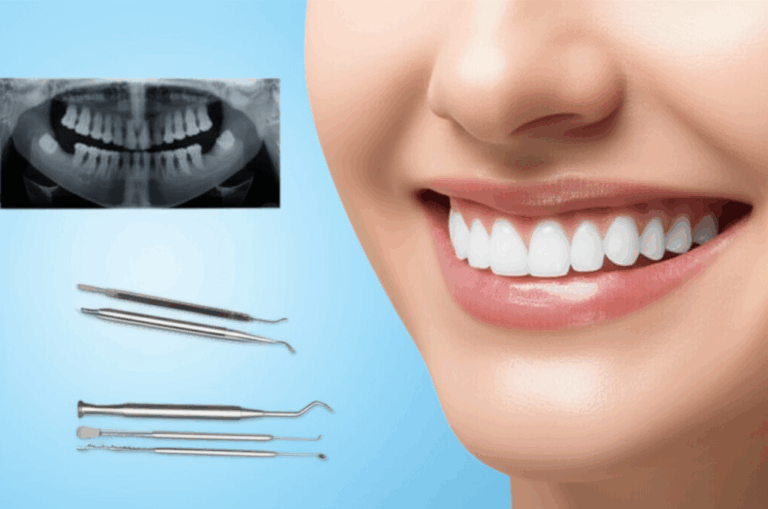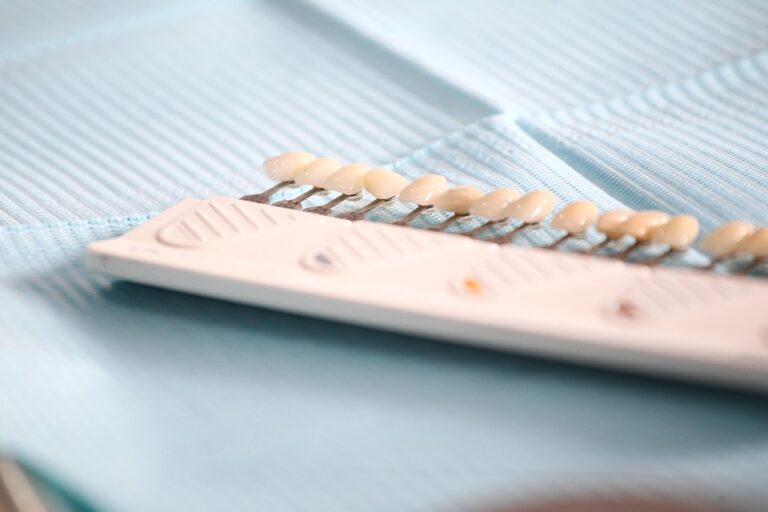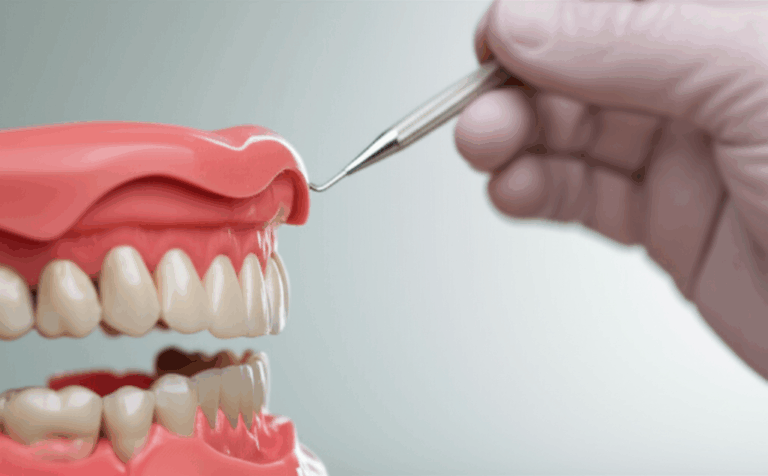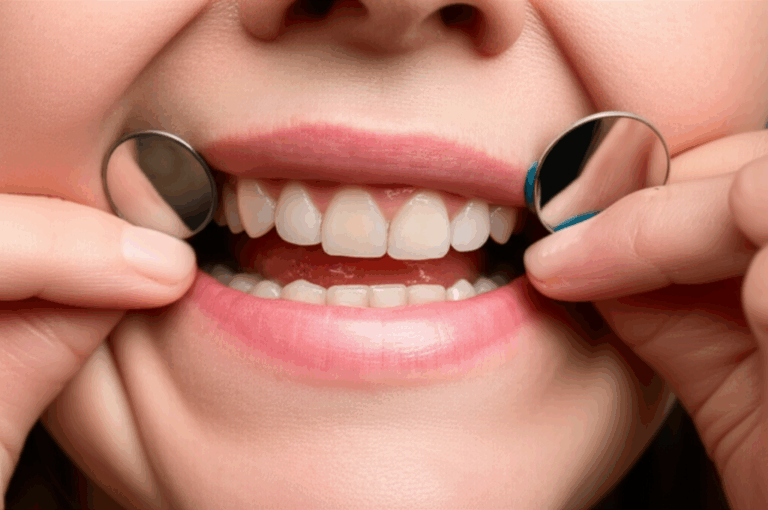
How Much Are Stem Cell Dental Implants
Short Summary:
Wondering how to fix your smile with dental implants, but heard about stem cell dental implants and asked yourself, “What’s the price?” You’re not the only one. Lots of people ask me if these new kinds of tooth replacements are taking over old-school dental care, and especially, how much they really cost. So, I’m going to break down what I’ve learned: not just the prices, but also what stem cell dental implants really are, why they can cost so much, and how these cool new things could change dentistry in the future.
If you care about your teeth, want to know how much dental work could cost (or save you), and enjoy real talk mixed with science, this is for you!
Article Outline
- What Are Stem Cell Dental Implants?
- How Are Stem Cell Implants Different From Regular Implants?
- Why Is There So Much Buzz About Them?
- Are Stem Cell Dental Implants Available Now?
- How Much Do Traditional Dental Implants Cost?
- So, How Much Are Stem Cell Dental Implants?
- What Factors Affect Stem Cell Dental Implant Cost?
- Will My Insurance Pay For This?
- Can I Save Money with a china dental lab or 3d dental lab?
- Are There Cheaper Alternatives, Like Zirconia or Emax Dental Labs?
- Should I Wait for Prices to Drop?
- What Should I Consider Before Making a Choice?
- What to Expect During the Procedure?
- Is It Worth the Price? Pros, Cons, and Real Talk
- Conclusion: My Best Advice for Your Wallet and Your Smile
What Are Stem Cell Dental Implants?
When I first heard of stem cell dental implants, I had to pause and ask—what are these really? It turns out, they’re pretty much out of a science fiction movie. Instead of just metal screws and man-made crowns, dentists use the body’s own stem cells to grow tooth structures.
Picture breaking a tooth, and instead of a fake fix, your jaw just grows a new tooth right there. That’s the big idea behind stem cell dental implants. They use your stem cells—those special cells in your body that can change into any kind of cell, like bone, enamel, or tooth stuff.
This isn’t something you can get at every dentist down the street just yet. The science is real, but still making progress. You may hear “regenerative dentistry” a lot, which just means dentists try to regrow, fix, or swap out missing teeth with natural ways, not just fake materials.
How Are Stem Cell Implants Different From Regular Implants?
Regular dental implants use metal screws (usually titanium) as new roots. Dentists put them into your jawbone, then add crowns made from ceramic or metal on top. This works—millions of people have fixed their smiles this way.
Stem cell implants try to grow a real-like tooth. Instead of a metal screw, doctors might use a 3D-printed tiny structure and add your own stem cells, letting it slowly turn into bone and, maybe, real tooth tissue. Pretty high-tech for your mouth! Some ways even include injecting special proteins to help your jaw make new tooth parts.
Because they aim to give you back a living tooth, stem cell dental implants could last a lot longer and cause fewer problems than metal posts. But this also makes them harder to do, need more know-how, and you probably can’t find it at just any nearby clinic.
Why Is There So Much Buzz About Them?
I’ll be real, I get excited when I see new cool science show up in dental care. The thought of not needing fake teeth again—just growing your own—sounds like magic, doesn’t it?
Lots of people are interested for a few big reasons. First, stem cell dental implants might fix some problems with regular implants: infections, bone shrinkage, or your body not liking the metal. Growing a real tooth could make these risks drop.
Second, for people who can’t get classic implants because of bone loss, health issues, or allergies, a stem cell method could give new hope. It’s not only about good looks. Imagine talking, eating, and smiling without worry.
But, all this excitement comes with some truth: it’s very new. Most people still end up with regular implants or strong crowns from a trusted dental lab, at least for now.
Are Stem Cell Dental Implants Available Now?
Here’s the deal: you can’t just go into any dentist office and ask for stem cell dental implants today. Most places, even top 3D dental labs, are only researching them or waiting for more proof and health agency approval.
Right now, only a few special dental experts (mostly in big hospitals or universities) might try stem cell treatments, but only as part of research or early trials. If you look online, you might find some clinics in other countries that say they offer this—but the success and safety are not certain.
For most people in the U.S., Canada, or Europe, stem cell dental implants are something to watch for, but it’s not something you can actually get yet.
How Much Do Traditional Dental Implants Cost?
Let’s be honest: regular dental implants aren’t cheap either. In the U.S., you usually pay from about $3,000 to $5,000 for each implant—sometimes more if you need jawbone work or fancier materials.
If you pick fancy options or want work done by a higher-end dental lab, the price can go up even more. The whole deal includes the surgery, parts, new tooth, and a few visits—so it gets expensive quickly.
Some people try to save by going abroad, working with a china dental lab, or choosing cheaper materials. But still, costs range from $1,000 to $3,000 per tooth. That’s why people are so interested in new, maybe cheaper, ways to replace missing teeth.
So, How Much Are Stem Cell Dental Implants?
Now for the big question—what do they really cost? Well, this is where it gets fuzzy. Stem cell dental implants are so new that there isn’t any set price yet. It’s like asking twenty years ago, “How much is a 3D printer?” The prices are all over the place.
Right now, in rare cases where you can actually try stem cell dental implants—like at some research clinics or colleges—you might only pay for certain materials, or maybe nothing at all if you’re in a study. If you have to pay out of pocket, it might be from zero (in a study) all the way up to $10,000 or more for new treatments not covered by insurance.
Later on, when stem cell implants hit the market, experts think they’ll cost a bit more than normal implants at first—maybe $5,000 to $8,000 per tooth, depending on how difficult things are, where the cells come from, and what labs are being used.
But like any new thing—think of flat-screen TVs—prices start high and drop as more people use them and get better at making them.
What Factors Affect Stem Cell Dental Implant Cost?
If you think figuring out car prices is tough, try dental tech! Here are some things that change the price:
- Where the cells come from: Using your own cells costs more than cells grown in a lab or donated ones.
- Type of work: Some people need extra bone work, grafts, or fancy parts made in a 3D lab.
- Lab costs: Labs that do this advanced work usually charge more than regular ones.
- Dentist’s fees: Doctors who know how to do these new treatments often charge more because there aren’t many of them.
- Location: Big cities or richer countries usually mean higher prices for dental care.
Keep in mind, these new ways are still for “early adopters.” That means prices could stay high for a while before more people get access.
Will My Insurance Pay For This?
Insurance—now there’s a word that gets people nervous. Here’s the truth: right now, most dental insurance won’t pay anything toward stem cell dental implants. Why not? Because they are still seen as “experimental” or “not proven” by most insurance companies.
You might get some help with regular implants or crowns, especially if you use good dental labs. But with stem cell options, you’ll most likely have to pay yourself—unless you’re joining a research study or similar.
This really hurts for many families, especially when you want something life-changing but can’t afford it. As stem cell dental implants get more common, though, I think insurance will catch up.
Can I Save Money with a China Dental Lab or 3D Dental Lab?
This is where things get interesting. Some people try to save money by using a skilled china dental lab or 3D dental lab for their crowns or tooth parts. These labs can make things for less money than many Western labs, so patients can save a lot.
But—here’s the catch—stem cell dental implants need really special work, and everyone involved (your surgeon, dentist, and lab team) must know exactly what to do with living cells. So, you can’t just send this job anywhere; it needs top labs with the right skills, tools, and checks for safety.
For regular crowns or false teeth, though, China dental labs and new 3D dental labs can help you save a bundle. If you’re tight on cash, it’s worth asking your dentist about these choices.
Are There Cheaper Alternatives, Like Zirconia or Emax Dental Labs?
New doesn’t always mean super expensive. For people on a budget, picking certain materials helps. Zirconia and emax dental labs both make strong, good-looking crowns that are easier on your wallet.
Zirconia crowns are really tough and often cost less than the fanciest ones. Emax labs make crowns that look great and last, but they can be a bit pricier. Still, both are way cheaper than the latest stem cell options.
So, if you want a nice, strong tooth fix right now, asking your dentist about zirconia or emax crowns is a smart move while you wait for stem cell prices to fall.
Should I Wait for Prices to Drop?
New technology always comes with a big price at first—think iPhones, TVs, microwaves. Same thing for stem cell teeth. People who want the newest pay the most, but prices usually come down later.
If you really need a fix—maybe you’re hurting or shy about your teeth—it’s better to go with a regular implant for now. But if waiting makes sense for you, you might be able to get the newest thing later at a better price. Make sure to talk to your dentist and think about your health and your money first.
Also, waiting often means you get something better and safer. Stem cell implants will get stronger and safer as time goes by.
What Should I Consider Before Making a Choice?
Picking what to do for your teeth isn’t just about money. You have to think about health, looks, comfort, and the results that last. Jumping into new stuff too quickly could get you into trouble or waste money. Wait too long, and you might never see the good side of new methods.
Ask your dentist the tough stuff. How solid is this? Any patient success stories? Could a regular zirconia crown work just as well for now? Are you ready to pay more for something new and not fully tested?
And always, always check your dentist’s history, patient reviews, and the name of any lab helping with your work. Saving money won’t matter if the job doesn’t last.
What to Expect During the Procedure?
Let’s face it, going to the dentist makes most people nervous. Here’s what’s the same and what’s different about stem cell implants:
Often, getting a stem cell dental implant means going to the dentist more than once. First, they take stem cells from a part of your own body—like your jaw, gum, or bone marrow. Next, the magic step: those cells are grown, multiplied, and added to a small special frame made just for your mouth.
When ready, the dentist or oral surgeon puts this stem cell “starter” into your jaw, sometimes using fancy guides from a 3D dental lab, and lets the cells grow into bone and (maybe one day) a living tooth.
You’ll need to heal for a few months. The whole thing is slower than with metal screws, but you could get a more natural and longer-lasting result. Most of the time is waiting and hoping the new tooth grows in right.
Is It Worth the Price? Pros, Cons, and Real Talk
Now, let’s be real. Is a stem cell dental implant the right choice for everyone? Not yet. The science is young, the price is high, and there’s still a lot we don’t know.
The good sides are big though. You might get a tooth that looks real, less bone loss, and fewer problems. If you’ve had trouble with normal implants, allergies, or bad jawbone, this could be a game changer.
But the bad sides are real: high cost, not many places offer it, and it might not work out—yet. Plus, finding a dentist or lab that can do this kind of work is tough right now, unless you’re part of a research study.
If you love trying the newest dental care and money isn’t a worry, you could give it a shot early. For regular people, though, a solid traditional implant from a good zirconia lab or emax dental lab works great and lasts years.
Conclusion: My Best Advice for Your Wallet and Your Smile
If you made it this far, you’re thinking carefully about your teeth and your budget—that’s smart. Here’s the main point:
- Stem cell dental implants are the future, but not for most folks just yet.
- Right now, prices are higher than regular implants—expect $5,000 to $10,000 for each tooth when you can actually get them.
- Insurance probably won’t help you much for these new implants, at least not yet.
- Cheaper options like zirconia or emax crowns from a dental lab are a tried-and-true fix and easy to find.
- Working with a china dental lab or 3D dental lab can save you money on crowns and fake teeth, but not on the new stem cell stuff.
- Think about your dental needs: Is having the newest thing worth the extra cost and risk for you?
- If you’re unsure, talk to your dentist about every choice, get another opinion, and don’t rush in.
If you want to smile with confidence and save some money, stick to proven treatments for now. But keep watching—science is moving fast, and the next time you ask, “How Much Are Stem Cell Dental Implants?” the price might be much better.
Top Takeaways:
- Stem cell dental implants use your own body’s cells for new tooth growth, but the tech is still in early days.
- Costs are high—$5,000 to $10,000 per tooth for now; most people go with regular implants.
- Dental insurance almost never pays for stem cell implants.
- Cheaper, safe choices are out there: zirconia, emax, and crowns from china dental labs.
- Always ask your dentist about safety, proof, and which labs they use before picking any high-tech dental care.
- Think about whether you should fix your teeth now or wait for stem cell prices to drop.
- Tech is moving fast—look out for news and updates!








